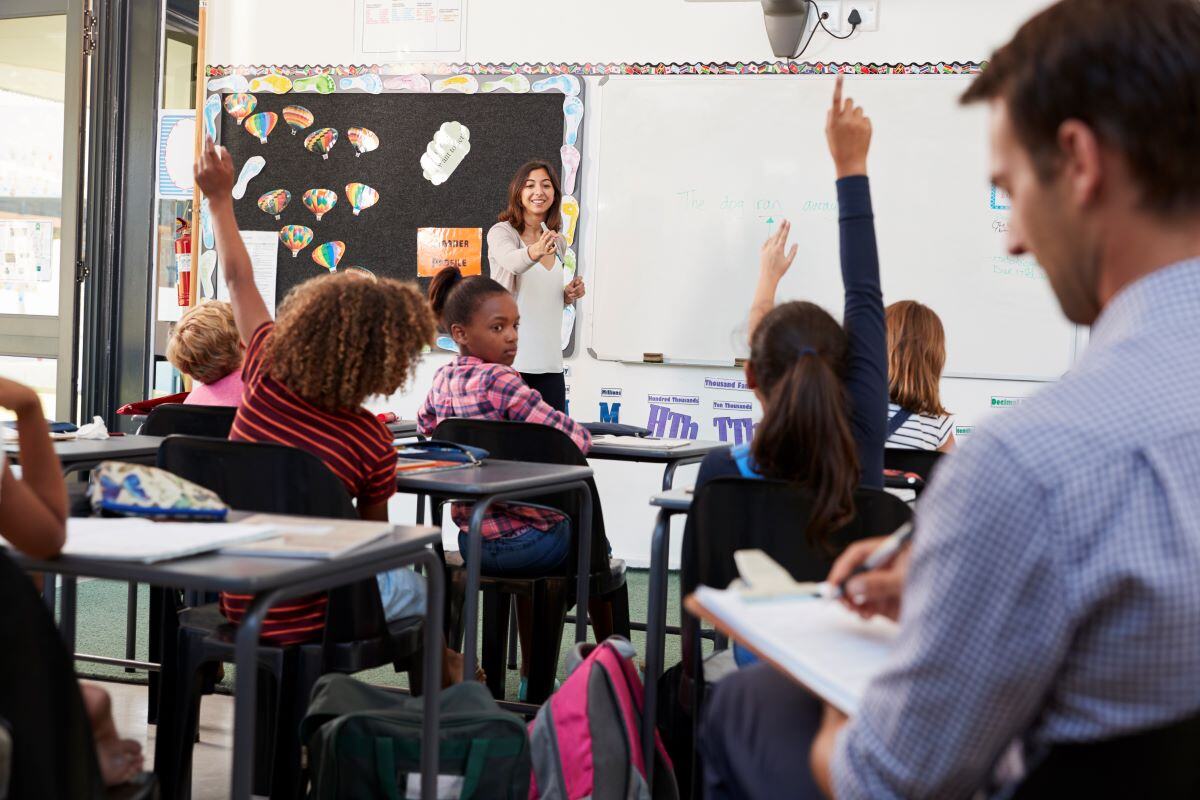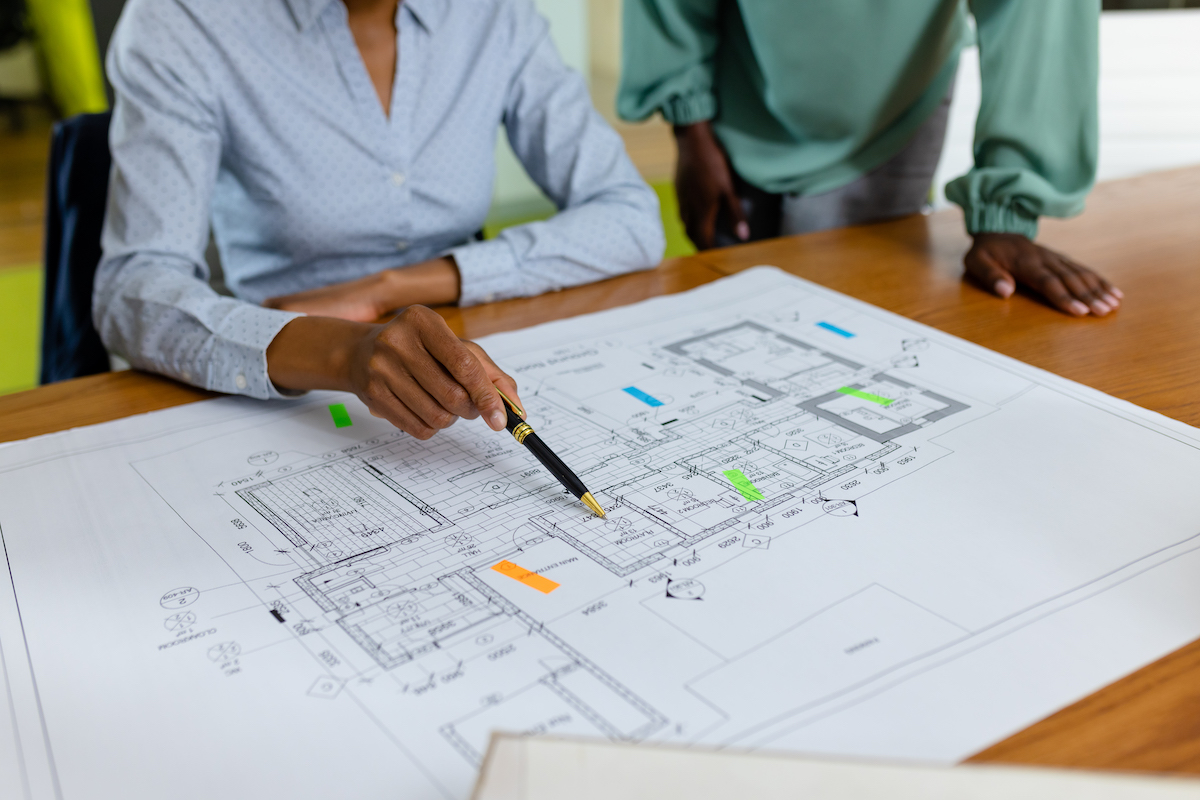In the past several days, I have been asked to address several aspects of school safety and security and perceived shortcomings. Why do we keep looking for answers to identified shortcomings? Frankly, our school safety processes are not keeping up with what is happening. How do we speed up our acquisition of skills and knowledge? How do we catch up to the speed of evolution in school safety? We need to become students of school safety. We must eliminate dangerous mindsets and stop waiting for lessons learned and mandates before taking action. We have touched on how we speed up this process and shift our perspective from wait and see to being more proactive. This is accomplished by asking these two questions over and over again: 1. What if…?, and What’s next…?
The FEMA emergency response guidelines were founded on the premise of asking those two questions. If you continually ask those questions, every aspect of your safety program can be addressed. Will you be forced to ask other questions? I hope so! However, starting with those two questions will certainly identify other questions that need to be addressed and opportunities to become safer. Since we are focusing on assessments of systems and people this month, we will look at these questions in that context and explain how we expand the use of these questions by changing the way we think about them. Specifically, we will explore the need to combine these questions to accelerate our learning and improvement process: how to be proactive in making our schools safer.
Let’s remind ourselves that we will never be able to declare our schools SAFE, but we can continually make them infinitely SAFER. Safety is an ongoing process, never a one-and-done endeavor. Concerning the “What if…” questions you should be asking yourself, we need to explore the positive and negative impacts of these. For example, if we ask ourselves, “What if we did “X,” how would that improve our safety,” then we must also ask ourselves, “What if we don’t do “X,” how would that impact our safety?” This question has unlimited variations, which you can only answer based on your circumstances, policies, experiences, and skill levels. However, the more you ask these questions, the faster you will build your skills and knowledge and increase the safety culture within your school district.
Once we’ve asked the “What if..” questions, we must ask the next question, “What’s next?” If the “What if” question is the assessment or evaluation question, then “What’s next?” is the action question: “What if this happens? What’s the next step?” While most of us focus on protecting the interiors of our buildings, and rightfully so, we stop there and forget that 60% of all school shootings occur outside. So, if we ask ourselves, What if we had a shooting outside? We might also ask ourselves, what if we put cameras with AI gun detection facing outward toward the perimeter of our schools? If we think that is a good idea, the next question should be, “What’s next?” The answer to that question would likely be that we need to explore the options, costs, effectiveness, and placement of those questions. Then, we continue to ask that question until we have decided on a course of action and have a plan to implement that. But don’t stop there. Ask additional questions about maintaining and replacing your video surveillance systems as time goes on.
Emergency response and management continually ask these two questions and combine them to get ahead of the situation and mitigate the negative impacts of the emergency response. In emergency response and management, we look at the situation from two perspectives: what is happening now and what might happen next. By asking these questions, we can respond quicker and “predict” the possibilities of what might happen next. By exploring the possibilities, when confronted with one of them, we can react faster or possibly prevent it from occurring. Let's start with changing how we look at school safety by starting with recent events.
Recently, there was a shooting at a high school in Georgia. (Note: This is not meant to criticize or indicate they did anything wrong. It is only meant to help us all to become safer.)This is what I would be doing the very next day as a school safety director from a different school:
- What if that happened at my school?
- Are my schools capable of adequately responding to that type of situation? (Answer: Yes. No. Maybe?)
- What’s next?
- How do we communicate with our stakeholders during the event? (Answer: This is how we communicate…, or I am not sure.)
- What’s next?
- How could this have been prevented? (Answer: Yes. No. Maybe?)
- What’s next?
- How do we reunify our students and staff with their families? (Answer: We use the Standard Reunification Method or some similar process. We don’t have a process and haven’t practiced this.)
- What’s next?
- When do you start the recovery process, and what does that look like? (Answer: During the planning process. I am not sure when and what to do.)
- What’s next?
- What are my next steps to prevent or mitigate? (Answer: I will do… I am not sure?)
- What’s next?
- What if I knew about the intentions and history of the subject before this happened?
- What would I do with that information?
- What’s next?
- How would I address the previous threats and monitor the subject after determining that they couldn’t make an arrest?
- What’s next?
As you can see, this is just the beginning of your evaluation of an event that didn’t directly impact your schools. Everyone will have answers to all of these questions. But are your questions the ones that would naturally point you towards improvement, or are they just likely to cause you anxiety? By participating in this evaluation, you can assess your capabilities, the capabilities of your staff and your program, and identify the gaps. Once you have identified your gaps, you can take the necessary steps to create a plan to fill those gaps and make your school safer. You have also become proactive in your efforts instead of waiting for the lessons learned or some mandate being imposed on your school. This will inevitably lead to quickly building a better safety culture, skills, and knowledge. This makes us all safer.












(2)